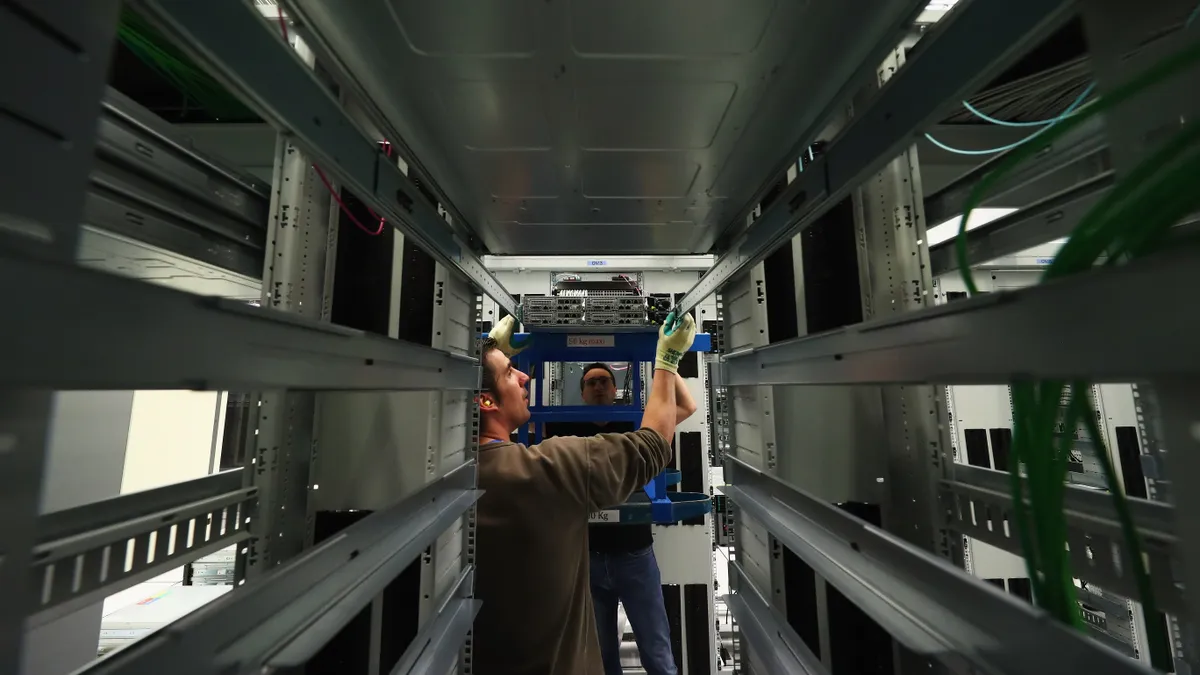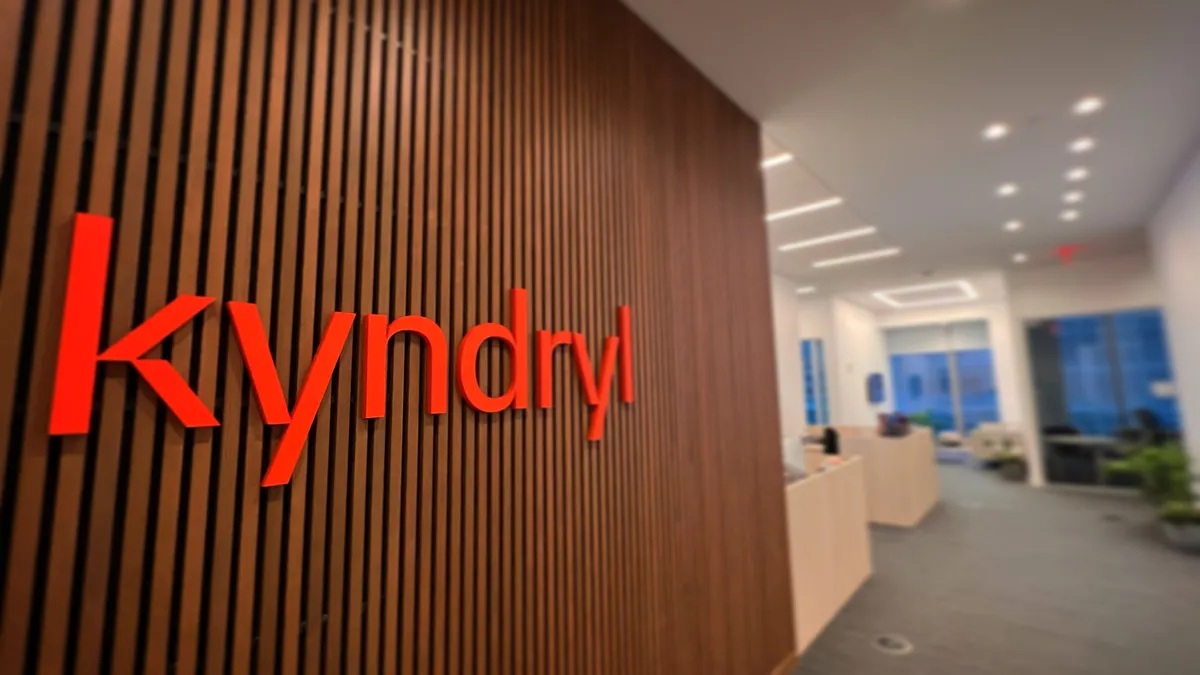Microsoft and Amazon pledged to control costs for cloud customers during quarterly earnings calls last week, acknowledging the financial and operation strains inflation and rising interest rates have put on their customers.
The economy may be causing problems for businesses. But, it may have benefits too, as competition for market share keeps cloud providers from allowing prices for IaaS and PaaS to get out of hand.
“Vendors are reducing their cost structure because they know that they are about to get into a massive war, both against each other and against all of the other financial decisions that large enterprises have to make,” said Hyoun Park, chief analyst at Amalgam Insights, a technology research firm.
The economics of cloud computing just got a lot more interesting.
As markets braced for the second consecutive quarter of GDP contraction and absorbed a 75 basis-point interest rate bump by the Fed, the big three US cloud service providers came through with quarterly gains.
Amazon reported revenue of nearly $20 billion for AWS, which commanded 31% of total cloud infrastructure services in Q2, according to a Canalys report released Monday.
Microsoft’s Azure, ranked second with a 24% market share, posted quarterly revenue of more than $25 billion for its cloud division, and Alphabet’s Google Cloud, which has 8% of the cloud market, yielded $6.3 billion in revenue.
Cloud business boomed during the pandemic, driving revenues for the industry’s three biggest players, said Glenn O’Donnell, VP research director at the research and advisory firm Forrester.
Fueled by companies reluctant to greenlight large capital expenditures and eager to reap technology efficiency benefits in an uncertain economy, the boom should continue into 2023, with cloud spend growing at a rate of 20%, according to Gartner’s latest projections.
Cloud providers, Park said, will profit as companies redirect spending from large-scale on-premises technology builds to cloud.
“The cloud vendors are going to be almost like wartime vendors over the next year,” Park said.
The cost of cloud
Cloud is not a cheap solution. IaaS and PaaS expenses have increased almost 50% per year globally since 2019, according to an Amalgam Insights report, co-authored by Park. Companies have raced to add capabilities, and vendors have acceded with new features.
Companies have traditionally benchmarked IT spend at 3% of revenue and planned for, at most, 5% overall increase in tech spending each year, Park said. So an increase of 50% annually is significant.
“If you have this one area of IT that is growing far out of scale, it sticks out like a sore thumb,” said Park. “It basically messes up the assumption that your average line-of-business manager has about technology.”
Amazon’s commitment to help AWS customers get more value out of cloud investments, and Microsoft decision to extend the life of its cloud servers by two years in order to save $3.7 billion in the next fiscal year, reflect their understanding of underlying macroeconomic and inflationary pressures, according to Sid Nag, Gartner VP analyst.
“It allows them to reduce CapEx and continues to preserve operating margins without having to raise prices,” Nag said.
Downstream effects of cost controls
If Microsoft can pass infrastructure savings on to its customers and Amazon and Google Cloud feel pressured to follow suit, it will help offset some but not all cloud costs.
“It’s difficult to translate specific server purchases to the cost of many cloud services,” Park said.
Legacy storage should be significantly cheaper, according to Park. But many of the more exotic and appealing cloud features — the ones that require more compute power and high-level processing — won’t come down in price.
“The fancy fun new stuff is probably not going to see significant price decreases,” Park said, referring to machine learning, robotic process automation and “other capabilities that are seen as necessary for digital transformation.”
There are also concerns about how the capacity of the country’s second-largest cloud service provider, Microsoft, will hold up over six years.
“Two years is a lot,” O’Donnell said. “Just think of your PC. If you've got a PC that's three years old, it's starting to show signs of old age. If you go from three years to five years, the PC is almost a boat anchor at that point.”
Microsoft CFO Amy Hood cited “investments in our software that increased efficiencies in how we operate our server and network equipment as well as advances in technology” as reasons for the decision, during a June 30 earnings call.
“We continue to invest in our cloud infrastructure to support the growing demand for our differentiated cloud offerings,” Microsoft stated in an email in response to a request for comment.





















